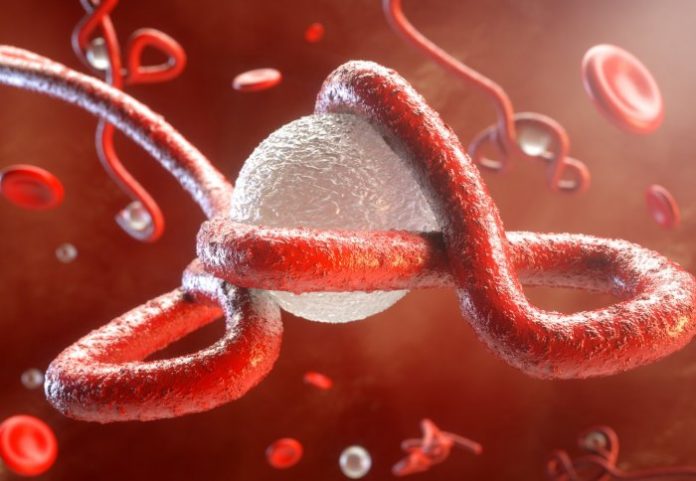A multi-institutional team of experts led by Imperial College London has developed a prototype device i.e., Ebola immunity detector for gauging patients’ immunity to Ebola.
This device was developed in collaboration with UCL and works in a similar way to a pregnancy test. However, instead of detecting hormones, it looks for an antibody called Immunoglobulin G (IgG), which is released succeeding to exposure to certain viruses.
So far, the biosensors have undergone a pilot trial under laboratory conditions, as well as in Uganda, where it was used to analyze blood serum from survivors previously exposed to the Ebola virus.
In the trial, the test was able to detect IgG antibodies in reduced time of 15 minutes compared to around five hours using the conventional lab-based equipment.
The new device is portable and connected to a smartphone so that the user can see the results on-screen, in the field. When it is connected to a smartphone also means that its inbuilt navigation technology can be utilized to track the spread of an outbreak, which is important for disease surveillance and control.
Though the researchers say the technology requires optimisation and further study, they believe it shows promise as a rapid response tool for treating patients with Ebola. It will be a great aid especially in remote areas of developing countries, where access to medical care is limited.
Professor Molly Stevens, Deputy Director of the “i-sense”, said, “We’ve designed this biosensor to be highly effective at the point of care for a range of diseases. We see great potential in this approach to help combat future Ebola outbreaks.”
The tool contains proteins that bind to IgG when it is present. Upon binding, the proteins release a dye and stain the reader, much like how a pregnancy test does in the presence of pregnancy hormones, by using a technique known as ELISA.
The result, along with its geographical coordinates, is communicated to the smartphone device and stored in an electronic archive.
The team says identifying IgG antibodies might help healthcare workers to understand the effects of exposure to different strains of Ebola virus. The device may also enable doctors to detect immunity levels in patients during the early stages of their recovery, and help to understand vulnerable people’s vaccination needs.
After this immediate step for the team will be to streamline the test so that it can analyze blood taken from a finger prick so that the results can be given immediately.
The study is published 5 January 2017 in ACS Nano.
